Indigenous Motiffs and Understanding The Origins in understanding the cultural identity of the Philippines
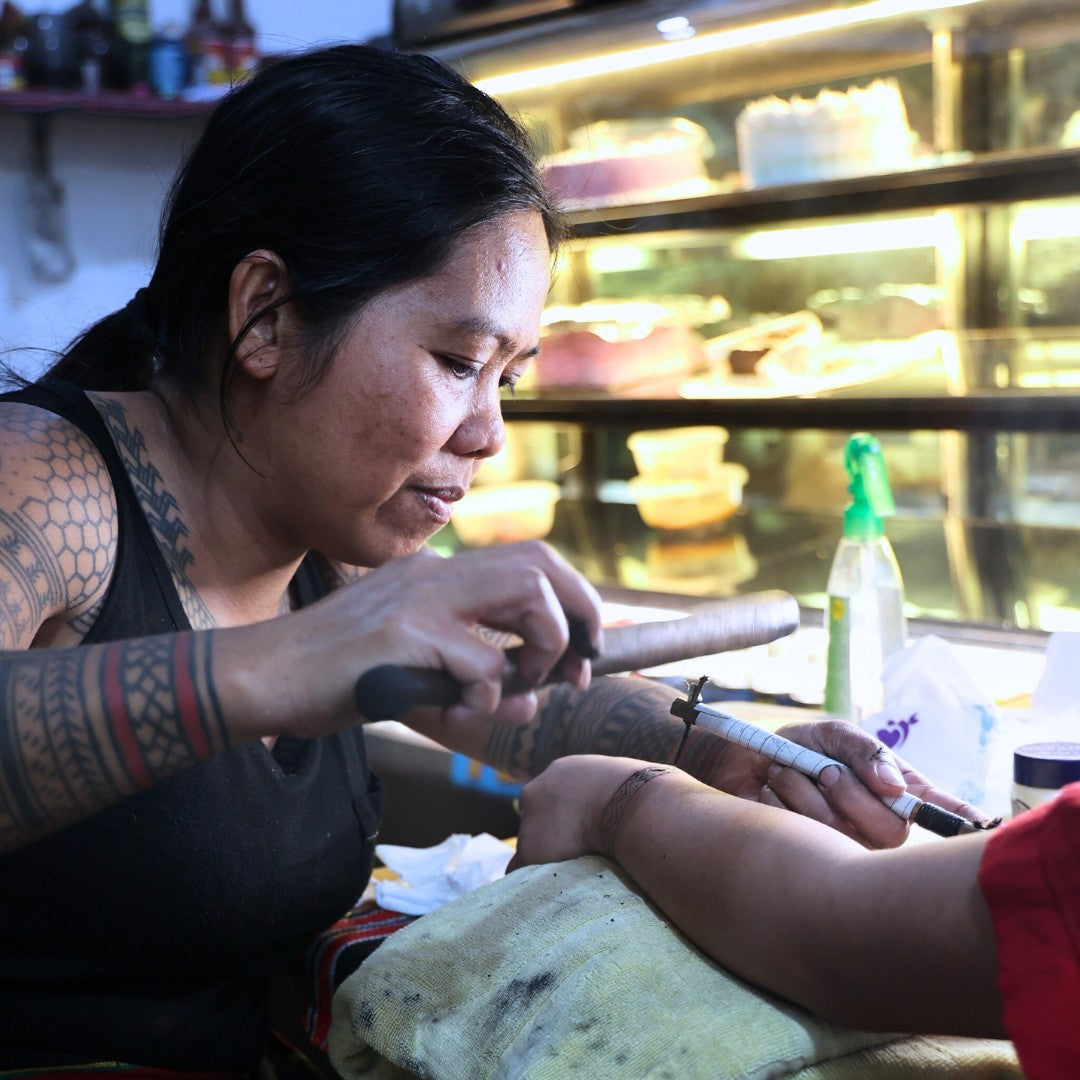
Indigenous motifs in the Philippines have a deep history that dates back to precolonial times. These motifs can be seen in various forms of art, including pottery, weaving, and tattoos. Understanding the origins of these motifs is important in understanding the cultural identity of the Philippines and recognizing the living traditions of Indigenous communities to the country's art and culture.
Pottery is one of the oldest forms of art in the Philippines, with evidence of pottery-making dating back to the Neolithic period. Indigenous pottery-making techniques have been passed down through generations, and many of the motifs used in pottery are rooted in Indigenous beliefs and traditions. For example, the "sarimanok" motif, which depicts a mythical bird, is a common motif in Maranao pottery. The sarimanok is believed to represent good fortune and protection, and its image is often used in traditional Maranao rituals.

Similarly, weaving is another ancient art form in the Philippines that has been passed down through generations. The intricate designs and patterns used in weaving often have symbolic meanings that reflect Indigenous beliefs and traditions. For example, the "binakol" pattern, which is common in different communities in the Northern Philippines, is mostly seen in Abra and Ilocos. The patterns can be interpreted as unity of the people, while some have spiritual interprestations. The pattern features a series of interlocking squares, which could mean symbolizing the interconnectedness of communities or confusing unwanted spirits.

Tattooing is another traditional art form in the Philippines that has a long history among indigenous communities. Tattoos were used for both symbolic and aesthetic purposes, and many of the designs used in traditional Filipino tattoos are based on Indigenous motifs. For example, some of the "batok" tattoos of the Kalinga people feature intricate geometric designs that are believed to offer protection and strength.
Many of these Indigenous motifs have been incorporated into contemporary Filipino art and design, but it is our responsibility to acknowledge and to recognize their origins and the cultural significance they hold. By understanding the history and meaning behind these motifs, we can better appreciate the pre-Philippines narrative and the resilience Indigenous communities in art and culture. These traditional art forms and motifs are vital in maintaining our cultural identity.
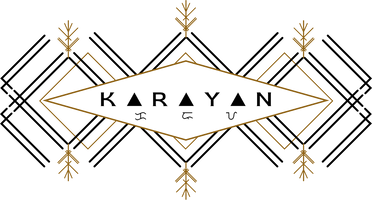
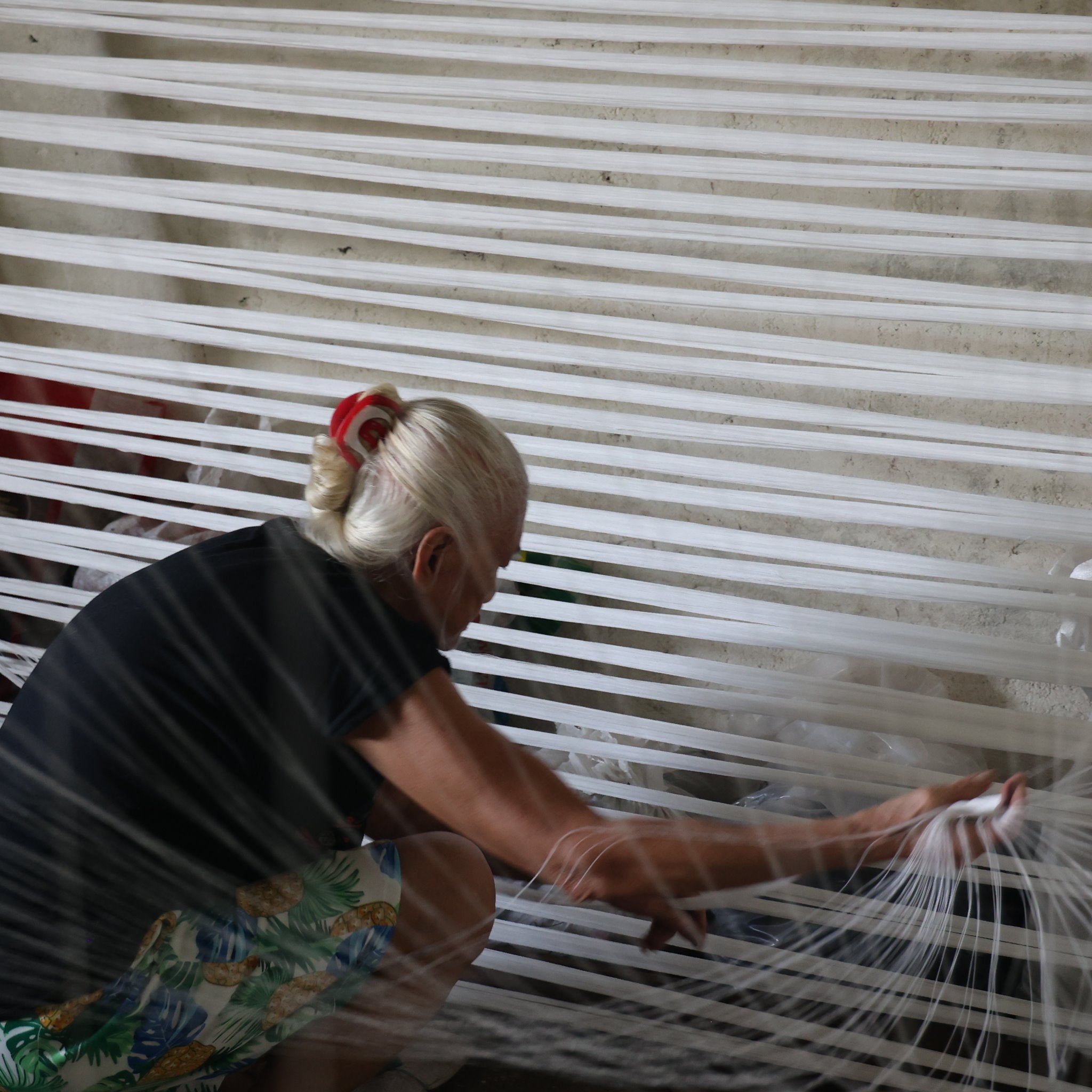
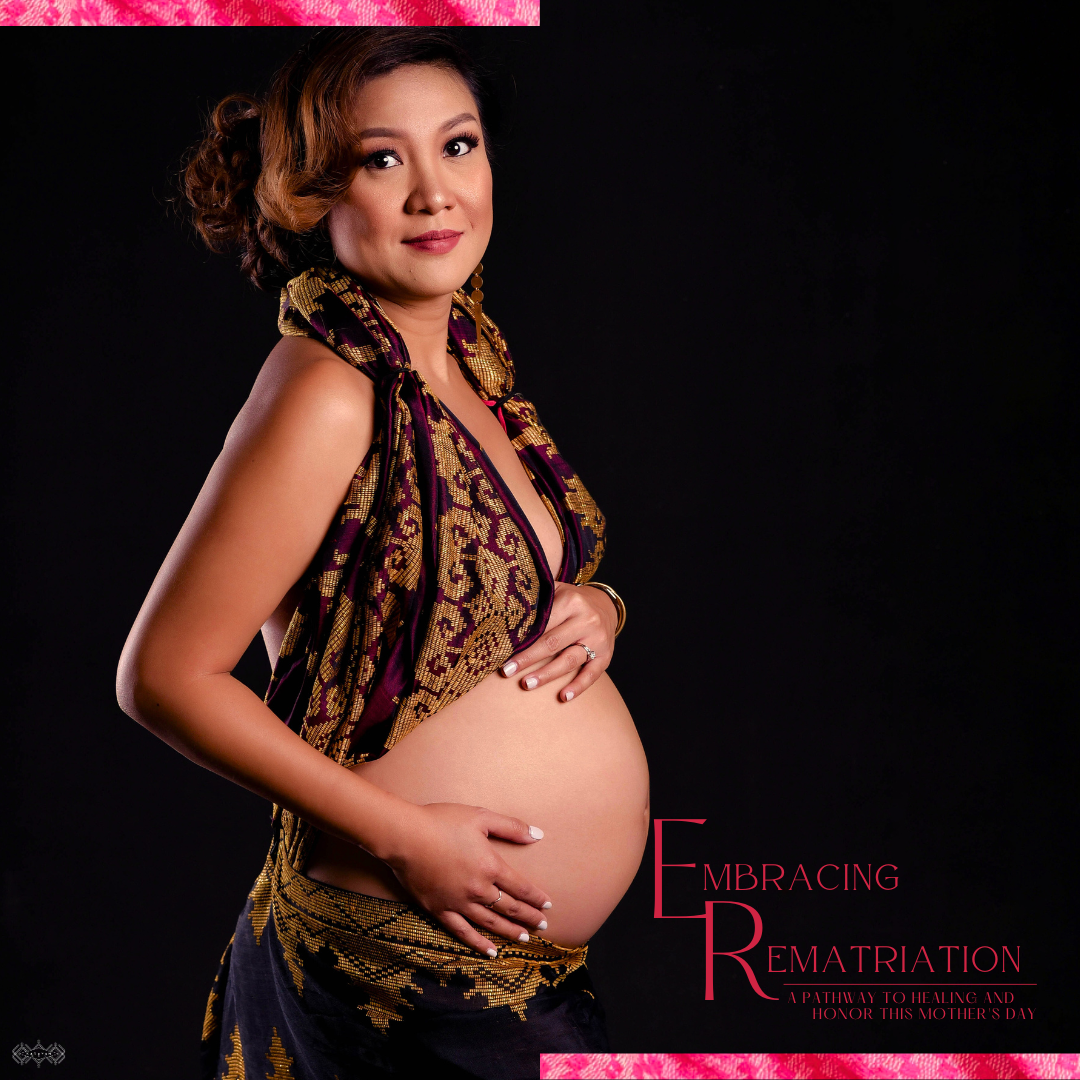
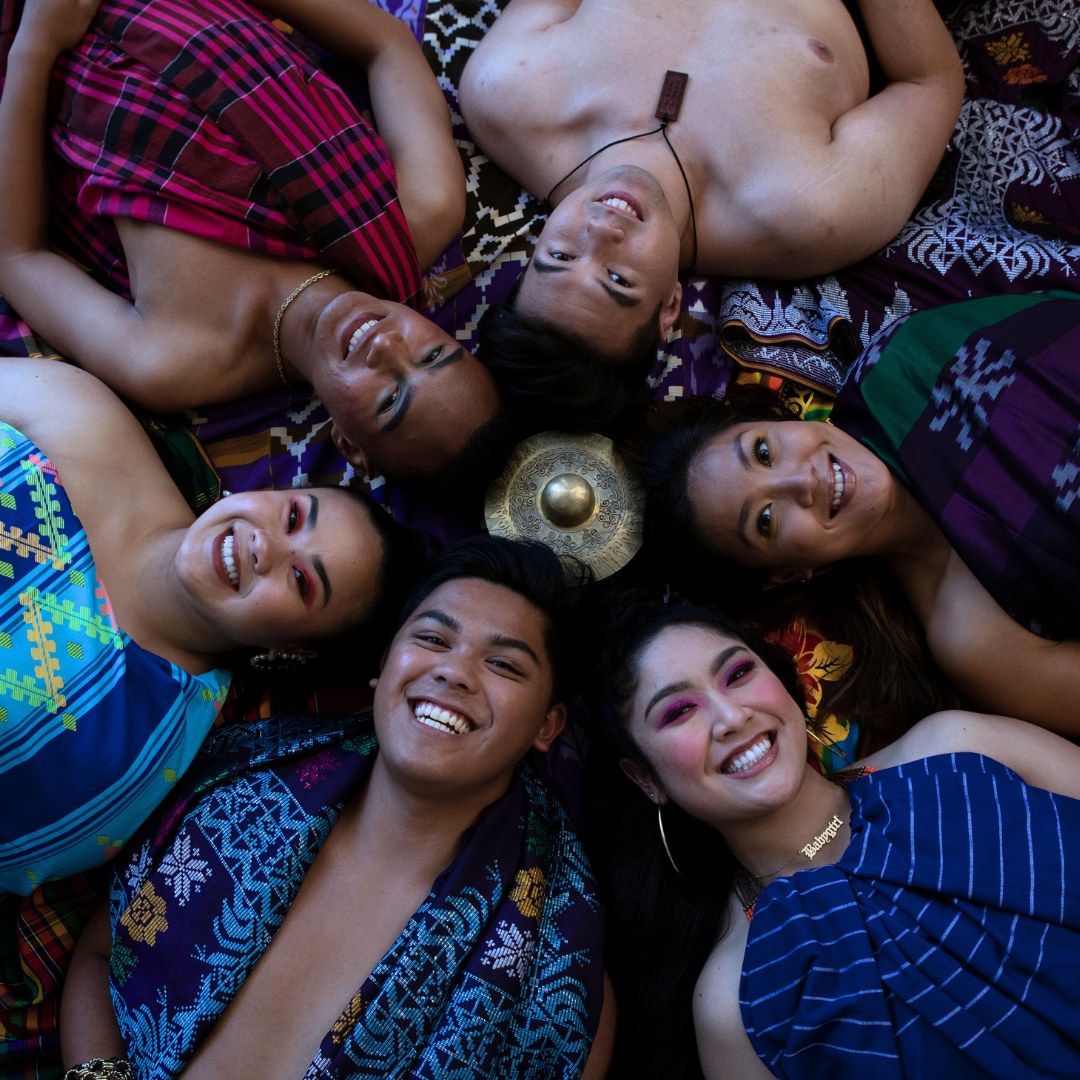
Comments